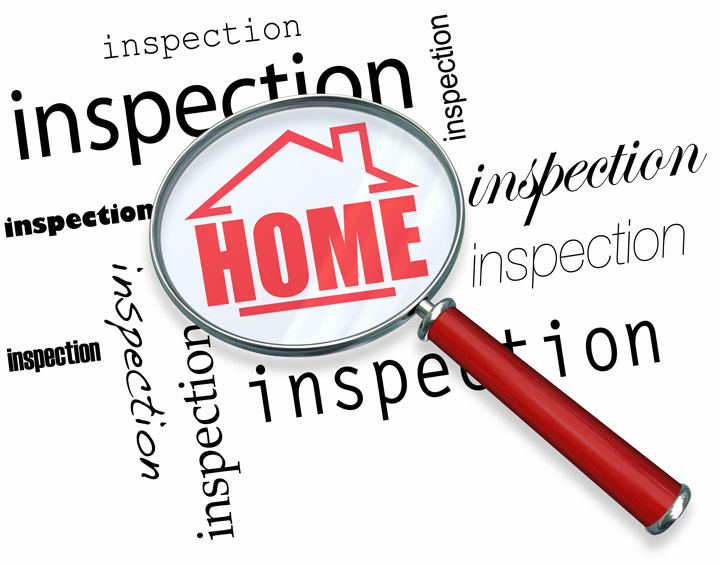
Comprehending AppraisalsA home purchase can be the biggest investment many of us may ever encounter. It doesn't matter if where you raise your family, an additional vacation property or one of many rentals, the purchase of real property is a complex transaction that requires multiple parties to pull it all off. Practically all the people participating are very familiar. The most recognizable entity in the exchange is the real estate agent. Then, the lender provides the money required to bankroll the exchange. And the title company sees to it that all details of the transaction are completed and that a clear title passes to the buyer from the seller. So, who makes sure the value of the property is consistent with the amount being paid? This is where the appraiser comes in. We provide an unbiased opinion of what a buyer could expect to pay — or a seller receive — for a property, where both buyer and seller are informed parties. A licensed, certified, professional appraiser from Schofill Appraisals, Inc. will ensure, you as an interested party, are informed. Appraisals begin with the property inspectionTo ascertain an accurate status of the property, it's our responsibility to first complete a thorough inspection. We must physically see features, such as the number of bedrooms and bathrooms, the location, and so on, to ensure they really exist and are in the shape a reasonable buyer would expect them to be. To ensure the stated size of the property is accurate and illustrate the layout of the house, the inspection often requires creating a sketch of the floorplan. Most importantly, we look for any obvious amenities - or defects - that would affect the value of the house. Following the inspection, we use two or three approaches to determining the value of real property: paired sales analysis and, in the case of a rental property, an income approach. 
Replacement CostHere, the appraiser uses information on local construction costs, the cost of labor and other elements to derive how much it would cost to construct a property comparable to the one being appraised. This figure often sets the upper limit on what a property would sell for. The cost approach is also the least used predictor of value. 
Paired Sales AnalysisAppraisers are intimately familiar with the neighborhoods in which they work. They thoroughly understand the value of certain features to the homeowners of that area. Then, the appraiser researches recent transactions in the neighborhood and finds properties which are 'comparable' to the subject at hand. Using knowledge of the value of certain items such as upgraded appliances, extra bathrooms, additional living area, quality of construction, lot size, we adjust the comparable properties so that they more accurately portray the features of subject property.
In the end, the appraiser reconciles the adjusted sales prices of all the comps and then derives an opinion of what the subject could sell for. At Schofill Appraisals, Inc., we are an authority when it comes to knowing the worth of particular items in Branford and Gilchrist County neighborhoods. This approach to value is typically awarded the most consideration when an appraisal is for a home sale. Valuation Using the Income ApproachIn the case of income producing properties - rental houses for example - we may use a third approach to value. In this scenario, the amount of income the real estate generates is factored in with other rents in the area for comparable properties to give an indicator of the current value. The Bottom LineAnalyzing the data from all applicable approaches, the appraiser is then ready to put down an estimated market value for the subject property. Note: While the appraised value is probably the strongest indication of what a property is worth, it may not be the final sales price. It's not uncommon for prices to be driven up or down by extenuating circumstances like the motivation or urgency of a seller or 'bidding wars'. Regardless, the appraised value is often used as a guideline for lenders who don't want to loan a buyer more money than they could get back in case they had to put the property on the market again. The bottom line is, an appraiser from Schofill Appraisals, Inc. will help you attain the most fair and balanced property value, so you can make wise real estate decisions. |